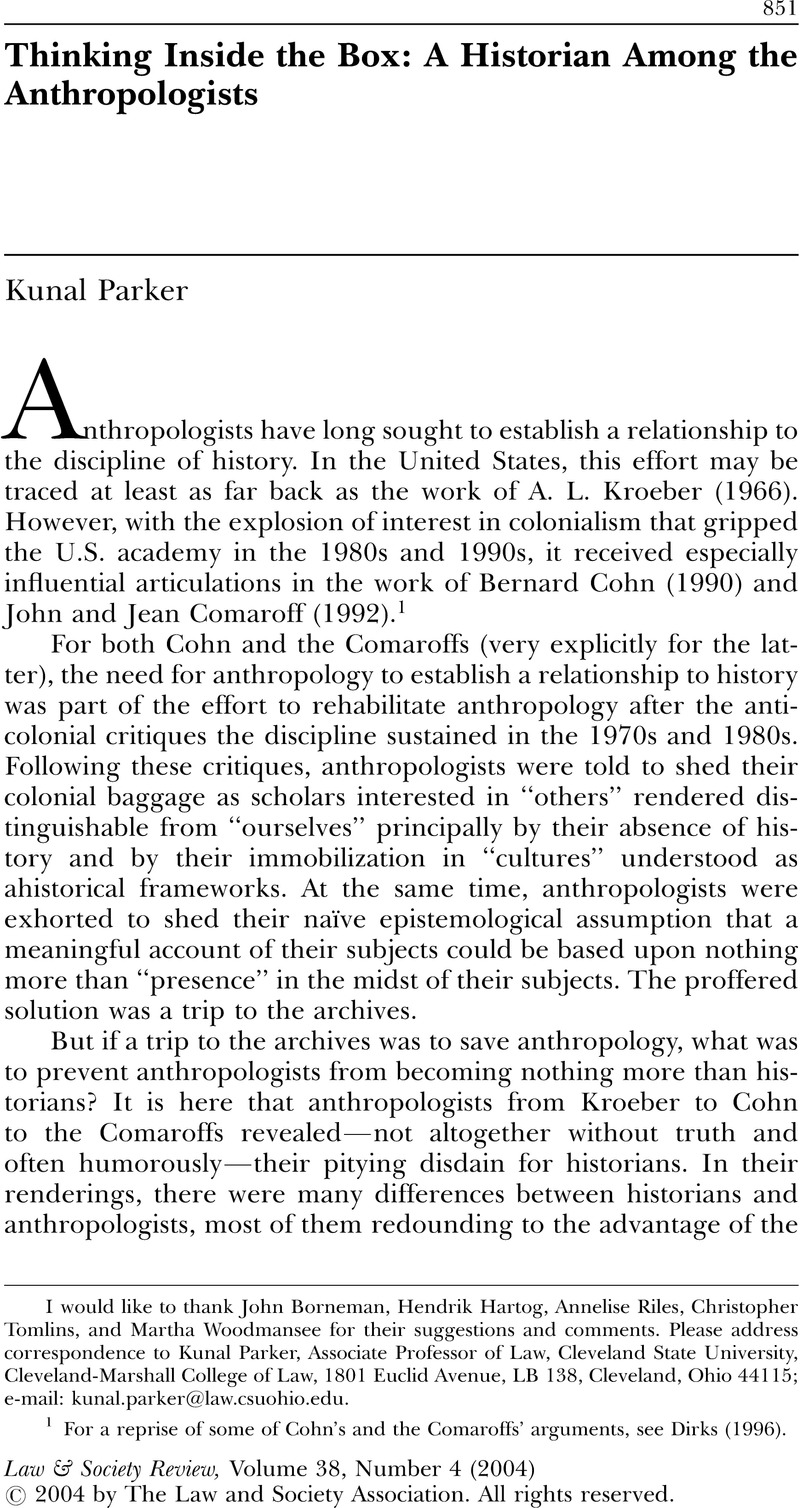Crossref Citations
This article has been cited by the following publications. This list is generated based on data provided by Crossref.
Mawani, Renisa
2012.
Law's Archive.
Annual Review of Law and Social Science,
Vol. 8,
Issue. 1,
p.
337.



